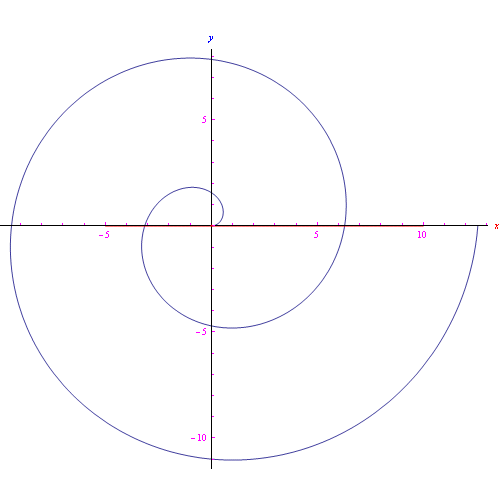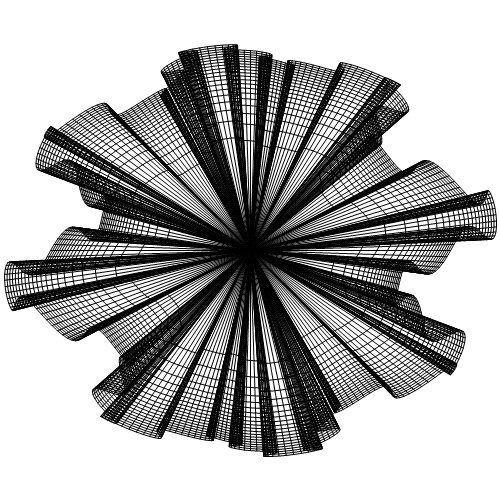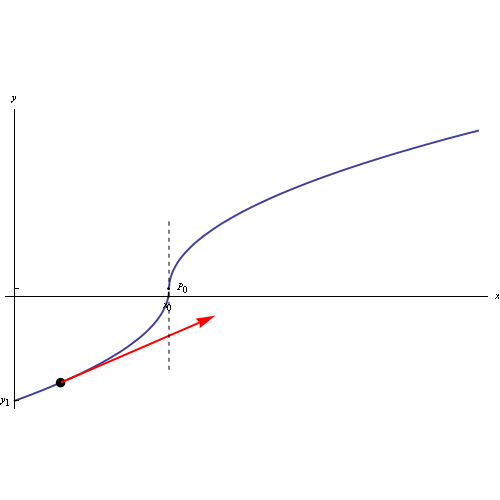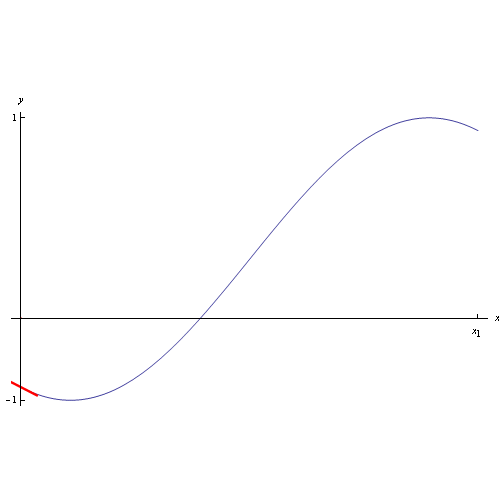Sistema del laboratorio e sistema del centro di massa (urto elastico)
Marzo 4th, 2021 | by Marcello Colozzo |
In molti casi riesce utile studiare la dinamica di un processo d'urto nel sistema di riferimento in cui il centro di massa è in quiete. Tale sistema è inerziale giacché il centro di massa si muove di moto rettilineo ed uniforme. Consideriamo dapprima il caso di un urto elastico unidimensionale. In particolare, abbiamo due palline di massa m1 e m2=2m1; quest'ultima è ferma mentre la prima avanza verso la seconda con velocità v1. Quindi possiamo calcolare le velocità delle singole palline subito dopo l'urto, utilizzando le formule trovate in precedenza:

Ne segue che a causa dell'urto la pallina 1 inverte il proprio moto muovendosi con velocità pari a 1/3 della velocità prima dell'urto. La pallina 2, invece, parte con velocità pari ai 2/3 della velocità di 1. Se x1(0) e x2(0) sono le ascisse iniziali di singola pallina, l'ascissa iniziale del centro di massa C è

Supponendo che la pallina 1 inizi a muoversi in un istante iniziale t0=0 rispetto al sistema di riferimento K0 legato al laboratorio, il centro di massa inizierà a muoversi nel medesimo istante con velocità

È istruttivo studiare la dinamica dell'urto attraverso un diagramma spazio-temporale che rappresenti il moto di tre punti (palline e centro di massa) illustrato in fig. 1 (in alto), in cui vediamo che il centro di massa continua indisturbato il proprio moto rettilineo uniforme. Infatti, la velocità dopo l'urto è

Studiamo ora la dinamica dell'urto nel sistema di riferimento Kc in cui il centro di massa è in quiete. Per la pallina 1 prima dell'urto, per il principio dei moti relativi si ha:

dove l'apice denota la velocità relativa (cioè, rispetto a Kc). Ne segue

Per la pallina 2

Quindi un osservatore fermo in Kc vede avanzare entrambe le palline, la prima con velocità i 2/3 della velocità rispetto al laboratorio, mentre la seconda con velocità pari a 1/3 della velocità rispetto al laboratorio della medesima pallina. Dopo l'urto:

a cui corrisponde il diagramma spazio-temporale di fig. 1.
In many cases it is useful to study the dynamics of an impact process in the reference system in which the center of mass is at rest. This system is inertial since the center of mass moves with a rectilinear and uniform motion. Let us first consider the case of a one-dimensional elastic collision . In particular, we have two balls of mass m1 and m2 = 2m1; the latter is stationary while the former advances towards the latter with speed v1. So we can calculate the speeds of the individual balls immediately after the collision, using the formulas found above:

It follows that due to the impact the ball 1 reverses its motion, moving with a speed equal to 1/3 of the speed before the impact. Ball 2, on the other hand, starts with a speed equal to 2/3 of the speed of 1. If x1(0) and x2(0) are the initial abscissa of a single ball, the initial abscissa of the center of mass C is

Assuming that the ball 1 starts to move at an initial instant t0=0 with respect to the reference system K0 linked to the laboratory, the center of mass will start to move at the same instant with

It is instructive to study the dynamics of the collision through a space-time diagram that represents the motion of three points (balls and center of mass) illustrated in fig. 1, in which we see that the center of mass continues its uniform rectilinear motion undisturbed. Indeed, the speed after the collision is

Let us now study the dynamics of the collision in the reference system Kc in which the center of mass is at rest. For the ball 1 before the collision, for the principle of relative motions we have:

where the apex denotes the relative velocity (ie, with respect to Kc). It follows

For the ball 2

So an observer stationary in Kc sees both balls advance, the first with a speed 2/3 of the speed with respect to the laboratory, while the second with a speed equal to 1/3 of the speed with respect to the laboratory of the same ball. After the collision:

to which the space-time diagram of fig. 1.
Tags: sistema del centro di massa, sistema del laboratorio, urto elastico
Articoli correlati


 Congettura di Riemann
Congettura di Riemann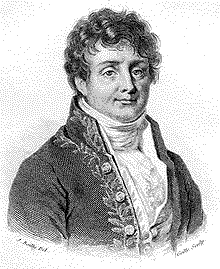 Trasformata discreta di Fourier
Trasformata discreta di Fourier
 Trasformata di Fourier nel senso delle distribuzioni
Trasformata di Fourier nel senso delle distribuzioni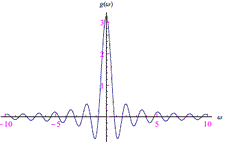 Trasformata di Fourier
Trasformata di Fourier  Infinitesimi ed infiniti
Infinitesimi ed infiniti Limiti notevoli
Limiti notevoli Punti di discontinuità
Punti di discontinuità Misura di Peano Jordan
Misura di Peano Jordan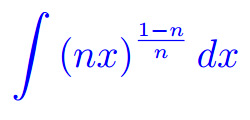 Eserciziario sugli integrali
Eserciziario sugli integrali Differenziabilità
Differenziabilità  Differenziabilità (2)
Differenziabilità (2) Esercizi sui limiti
Esercizi sui limiti Appunti sulle derivate
Appunti sulle derivate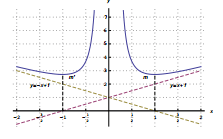 Studio della funzione
Studio della funzione Esercizi sugli integrali indefiniti
Esercizi sugli integrali indefiniti Algebra lineare
Algebra lineare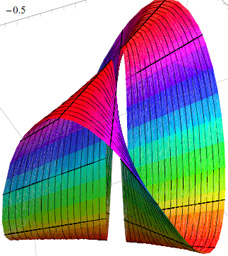 Analisi Matematica 2
Analisi Matematica 2 Analisi funzionale
Analisi funzionale Entanglement quantistico
Entanglement quantistico Spazio complesso
Spazio complesso Biliardo di Novikov
Biliardo di Novikov Intro alla Meccanica quantistica
Intro alla Meccanica quantistica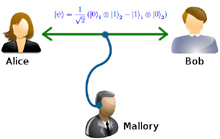 Entanglement Quantistico
Entanglement Quantistico